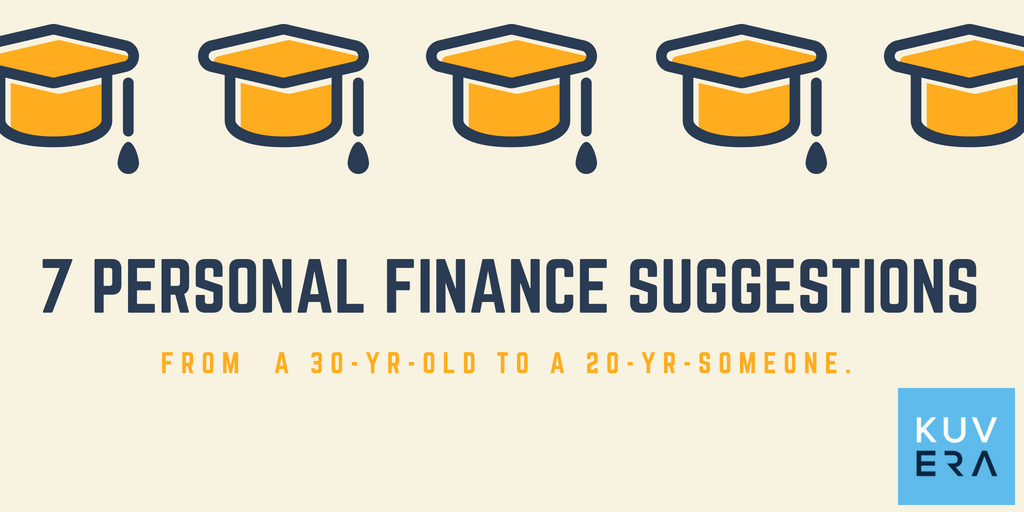 Monika Halan is consulting editor and part of the leadership team at Mint. Her latest book on personal finance, Let’s Talk Money is out now in bookstores. She spoke to us about the book, the financial ecosystem in India and how to empower Indian’s to make better financial decisions.
Monika Halan is consulting editor and part of the leadership team at Mint. Her latest book on personal finance, Let’s Talk Money is out now in bookstores. She spoke to us about the book, the financial ecosystem in India and how to empower Indian’s to make better financial decisions.
A certified financial planner, Monika has served as editor of Outlook Money and worked in some of India’s top media organizations, including the Indian Express, the Economic Times and Business Today. She has run four successful TV series around personal finance advice, on NDTV, Zee and Bloomberg India, and is a regular speaker on financial literacy, regulation and consumer issues in retail finance. As part of her public policy service, she is a member of SEBI’s Mutual Fund Advisory Committee. She lives in New Delhi and tweets at @monikahalan.
Who is the ideal reader of Let’s Talk Money? What was your motivation to write this book?
I believe that the middle class Indian who is looking for a way to build financial security is the reader of this book. All of us who live in urban India and live the urban mass affluent life are readers of this book. It is for those who know that they need better financial control but don’t know how to go about it. It is for those who are confused with the products, the push and choices out there in the financial markets. It is for those who are afraid of the financial sharks and toxic financial products and take the safe route to real assets. It is for those who are willing to spend the time in learning the basics of managing money. It is for those who want a hands-free system of money management rather than a one shot gamble at getting rich quick.
Why did I write this book? At every TV show I have done, every radio spot, public lecture or a chance meeting on the airport with a follower of my work, the message came to me – is there a book that has all that you keep saying in one place?
As I look around the book space, there are excellent books on investing or financial planning, but there is nothing that relates money to our everyday lives with all its complexities and then gives a system for hands-free money management. I believe that money issues are deeply linked to who we are. A sorted money life sometimes leads to a sorted overall life. At least that is my experience. I want to share this with others like me who are not aspiring to get rich tomorrow but are happy to build financial security one step at a time. I want people to have better control over their money. I want people to stop getting cheated by financial con artists. I want people to get their money to work as hard for them as they work to earn it.
What is the punch line you want readers to take away from your book, their “Aha” moment?
“I can do it”. That is the one take-away from Let’s Talk Money I hope every reader gets as they finish the book. People think they need a lot of money in the first place to begin investing. They are afraid to make mistakes. They confuse only investing with money management. The “Aha” moment will be that moment that will change the course of their money lives. There is a before and an after to this “Aha” moment. I have myself been through it and can tell you by experience that the feeling of empowerment and freedom you get once you act on this “Aha” is life changing.

How do you think the new generation of Indian’s see money differently than their parents and grand-parents? How will this affect the financial products landscape?
Our parents and grandparents, most of those are now 70+, lived in a very different India. As a child in the 70s I have stood in milk, butter and water lines in a middle-class Delhi DDA Flats locality. State control had effectively chocked supply and this extended not just to Vespa scooters or landline telephones, both of which had a waiting time of several years, but also to financial products.
The state controlled interest rates, returns on savings, even IPOs on the stock market had to get the price cleared by a bureaucrat. In such a world, our parents and grandparents did what was the smartest thing to do. They used a mix of fixed deposits, real estate, gold and LIC to make their investments.
The fact that an LIC policy returned just 2-5% a year long term did not matter because there were no other safe avenues to put away money long term. These were also the years of slow economic growth and low salaries. People consumed less because there was less money and there was less to consume anyway. Remember the excitement when the visiting NRIs would open their plastic bags and the divine smell of Wrigley’s Juicy Fruit would fill the room?
The millennials carry none of that baggage and have far more confidence in their future than the previous generations did. Their attitude to money is more relaxed. They treat debt with far less seriousness than the older generation did. They spend far more freely than the oldies still do. They are far more adventurous with their investing destinations than their parents. It is for the financial sector to create trust and get the millennials to invest in financial products rather than lose them to the habits of the past.
What are some “money” rules that have helped you simplify and make sense of your finance? Any lessons / anecdotes in financial management that you would like to share with us?
The first rule is to get your cash flows in order. It sounds very basic but this is the key reason why we don’t find money to invest. A few years back I was helping a colleague with her finances. She’s a single mom and was struggling with her money life. On my advice she began separating out her spending money from her savings and simply moving it to another account. This was just to see if she could live on the budget she created. At the end of six months, she told me this: “I can’t believe how much money got saved. I did not think I could save this much.” From there it was a small step to starting her SIPs and getting her on boarded on the investing train.
For the rest of the rules, you will have to read the book, but just one more rule is this: there is no free lunch. If a deal looks too good to be true, it IS too good to be true. This rule has kept me away from greed and gambling away money on the next new thing in the market, be it Home Trade or Bit coin.
You have been a vocal proponent of simplicity in personal finance – from policy to financial products to marketing. Which one is the hardest to fix? What are some of the policy loopholes you still see that allow for financial mis-selling to this day?
The hardest to fix has been the insurance industry. I have to tell you this, I have worked on several government committees which called practitioners from life insurance firms to depose. On several occasions I got the surreal feeling that these veterans do not really understand life insurance! There was this time when I actually asked one such person – do you even understand that insurance is not an investment but a risk cover based on the law of large numbers?
Life insurance products remaining opaque and toxic is a regulatory failure that is costing retail investors lakhs of crores in lost money. It is the biggest scam overseen by a regulator. Why is change so tough? Because the regulator mind set is deeply influenced by a 1970s view of insurance and the required upgrade in capacity and mind set has not happened. In 2018 there is a new regulator in place, and we are hoping that change is imminent.

Financial literacy has come a long way but still a lot needs to be done. Fear or greed-based mis-selling is still rampant in our industry – what steps do you think will help alleviate this? What is currently missing to help Indians become financially literate?
I think financial literacy is a regulatory cop out. Imagine this: you go to buy a car and the dealer explains the features of the car, then opens the hood and says, here, check if the machine is working and the car is safe. You are free to educate yourself and then make a rational decision. Asking average people to choose financial products without the seller having a fiduciary responsibility, is akin to this car example. Market linked financial products are complicated products where the firm that makes the product and the seller will always know more. Instead of making them responsible for what they make and sell, regulators are telling average people with day jobs to ‘educate’ themselves. The advice is to choose from the available options after comparing. If we were to do this, just choosing a product like a medical cover would take years of work. Financial literacy needs to be about the questions you need to ask, it needs to be about concepts such as real return and volatility, it is not about helping people choose a product.

Everyone’s writing process is different, what is yours? What were some of the challenges you faced on the road to publication?
This book has been fully cooked inside my head for some time. The actual writing process did not take time. There were actually few challenges. I have been lucky to have a great set of people associated with the book at Harper Collins India because a book is not just about the author, but also the publisher and the reader. With this book I think, all three are aligned! My one request to the publisher was this: if the people associated with this book do not have their lives changed, don’t publish this book.
Thank’s Monika for your time and your thoughts. We would like to leave the reader’s with one last though, said as effectively as it can be:
“I can do it”. That is the one take-away from Let’s Talk Money I hope every reader gets as they finish the book.
You can buy the book here.
Kuvera is India’s first completely free Direct Plan investing and goal planning platform. Visit kuvera.in to discover Direct Plans and start investing today.









